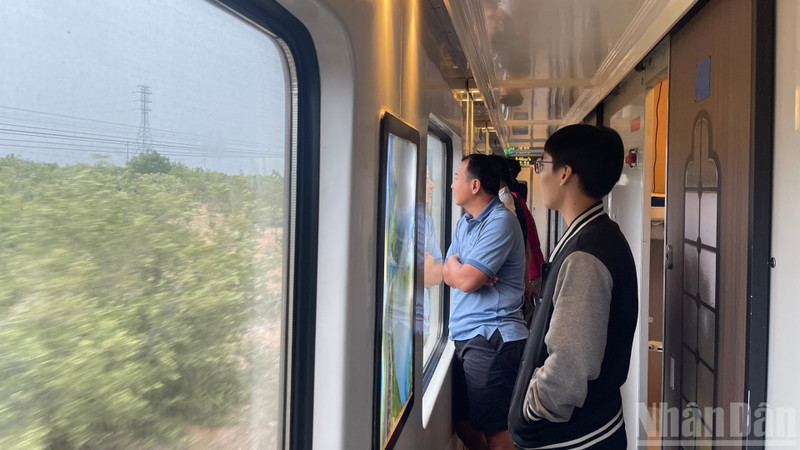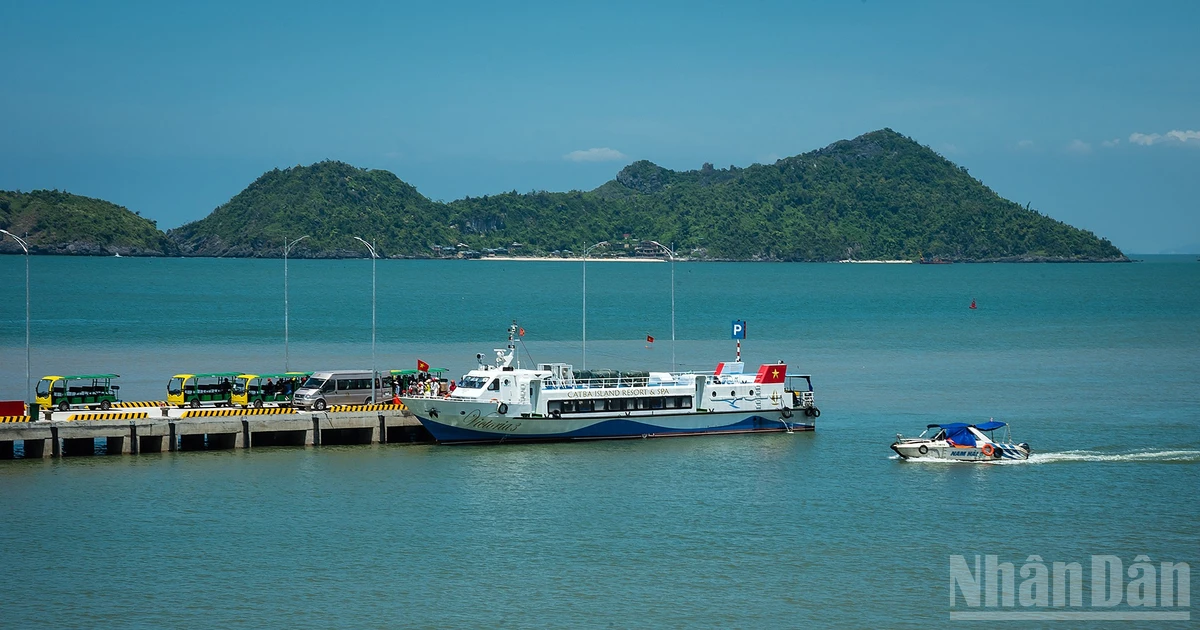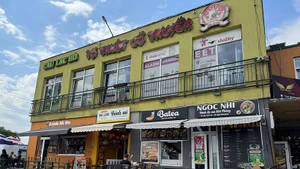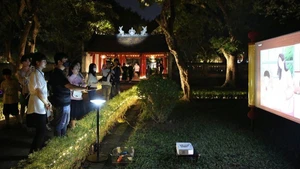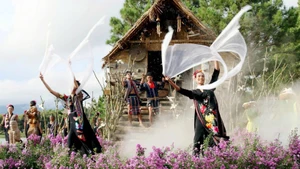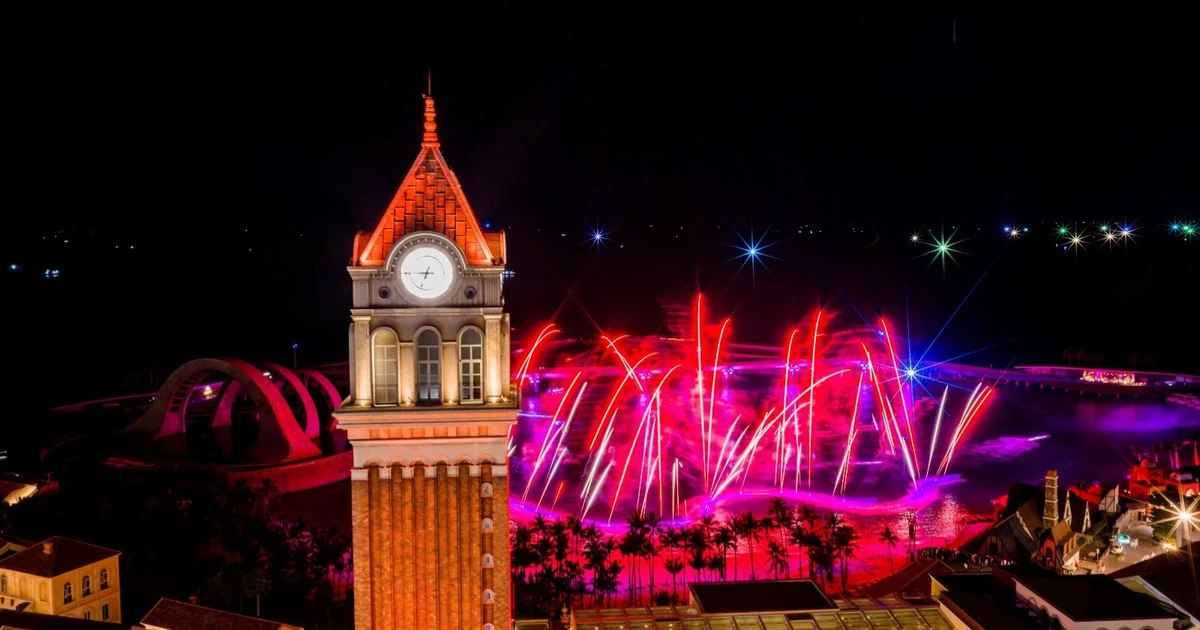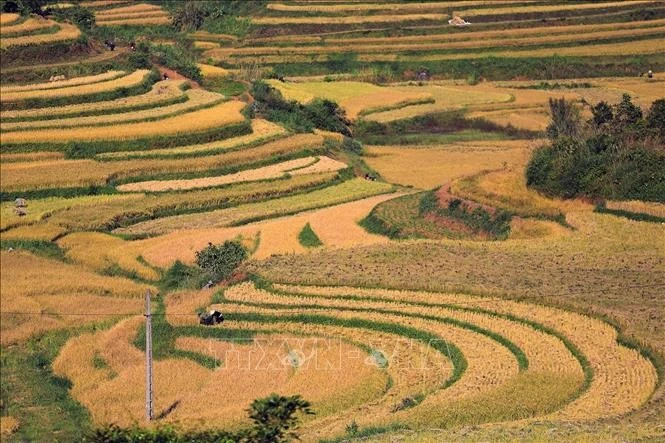Improvements in every detail
In early October, we booked train tickets from Binh Thuan Station (Lam Dong Province) to Da Nang City for a leisure trip. Although railway fares are roughly twice as high as coach fares, the train offers greater comfort and ensures safer travel.
Railways are especially known for their scenic views, allowing passengers to enjoy the beauty of the countryside through the carriage windows. Booking through the railway’s official website, we noticed that most seats were sold out, with only a few less desirable options remaining.
Travelling by car from Phan Thiet Ward to Da Nang would have meant sitting still for over 14 hours, without the freedom of movement available on a train. Coaches are also inconvenient for personal needs, and meals at roadside rest stops are often expensive and not hygienic.
At Binh Thuan Station, we saw many passengers waiting, while taxis queued outside to pick up guests.
Nguyen Thanh Trung, a taxi driver, said: “Over the past two years, trains have become much busier. It’s good for local businesses. Most passengers are tourists and the elderly.”
Once aboard, we found every carriage full. The narrow corridors of sleeper cars became the perfect spot for passengers to admire the passing scenery. Each carriage featured colourful decorations and murals, creating a cosy, welcoming atmosphere. The interiors varied in design, with floral patterns distinguishing one train from another. Toilets were fitted with air purifiers to eliminate odours.
Amenities on board rivalled those on planes — including reading lights, power outlets, USB charging ports, and free hot and cold water dispensers. Passengers could comfortably enjoy the view, record their journeys, and recharge their devices without worry. Laughter and conversation filled the carriages.
Foreign visitors, in particular, have increasingly chosen to experience rail travel in Viet Nam. All utensils and containers for meals — such as chopsticks, spoons, and cups — are disposable for hygiene. A hot meal costs around 40,000 VND, while similar portions at coach stops can reach 60,000 VND. After years of investment and innovation, the railway has truly enhanced the passenger experience.
Giving the train a “four-star rating,” Nguyen Thi Ngoc Anh from Da Nang commented: “The blankets and pillows are freshly wrapped in clean nylon bags. The toilets are clean, with no unpleasant smell. That’s why I’ve returned to train travel. To get seats together for four to six people, I had to book a month in advance — and two to three months ahead for holidays. On trains, there’s no strict luggage limit, unlike coaches or flights. You can even bring bulky or heavy goods, such as fresh food or local specialties. Many people also bring home-cooked meals to enjoy on board — that’s part of the charm.”
Scenic coastal routes
Sitting on the train, we could admire the stunning coastal route running through Tuy Phong Commune (Lam Dong Province), with shrimp ponds and salt fields stretching alongside the tracks. As the train passed through Khanh Hoa Province, vast wind turbines towered over the landscape and long sandy beaches came into view. Endless rice fields unfolded across Dak Lak Province, winding coastal roads revealed glimpses of Gia Lai’s bays, while in Quang Ngai, the parallel expressway ran through layers of majestic mountains. Upon reaching Da Nang, passengers were greeted with magnificent views of the sea, modern urban areas, and wide, dazzling boulevards.
According to the Viet Nam Railway Transport Joint Stock Company, the premium S Journey tourist train is a collaborative product between the railway sector and travel enterprises. The train takes visitors to destinations renowned for their natural and cultural heritage such as Ninh Binh, Phong Nha–Ke Bang Caves, the ancient capital of Hue, Hoi An Ancient Town, Khanh Hoa, and Phan Thiet. On board, passengers can enjoy a luxurious experience with comfortable sleeping cabins, fine dining, a professional bar service, and high-quality sightseeing stops.
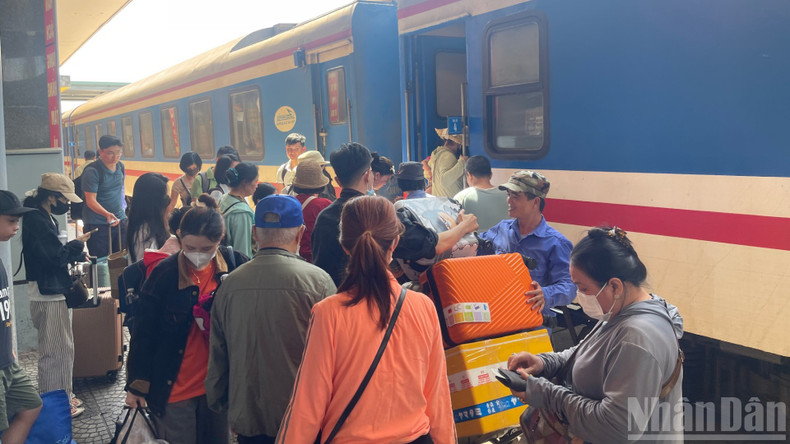
The railway company is also focusing on developing the Ha Noi–Da Nang route, offering travellers scenic views and stops at major attractions such as Trang An (Ninh Binh Station), Cua Lo (Vinh Station), Thien Duong Cave and other cave complexes in Quang Binh (Dong Hoi Station), and the imperial charm of Hue (Hue Station). In the reverse direction, the Sai Gon–Da Nang route takes visitors close to popular tourist destinations including Phan Thiet, Khanh Hoa, Gia Lai, and Dak Lak.
A company representative said another highlight is the Central Heritage Connection Train, which operates between Hue and Da Nang, offering panoramic views of Lang Co Bay and the Hai Van Pass — ranked by Lonely Planet as one of the world’s most beautiful and worthwhile railway journeys. Onboard, passengers can enjoy traditional Hue music performances and local cuisine.
Recently, the Da Lat–Trai Mat tourist train, covering a 7-kilometre route, was brought back into operation. This line is part of Viet Nam’s former cog railway system — one of only two such systems in the world, alongside Switzerland.
The Viet Nam Railway Transport Joint Stock Company also plans to expand its range of high-quality trains, including the Ha Noi–Da Nang and Sai Gon–Da Nang routes, as well as new themed tourist trains such as Da Lat by Night, Heritage Journey, and Red Flamboyant. The railway sector is also developing routes to major tourist destinations like Phan Thiet, Khanh Hoa, Da Nang, and Hue, while offering full-train charters or private carriage rentals for exclusive travel experiences.
These efforts have improved business performance, repositioned the railway’s brand image, and enhanced the reputation of Viet Nam’s rail industry — attracting new customer segments and creating unique, high-quality tourism products.
